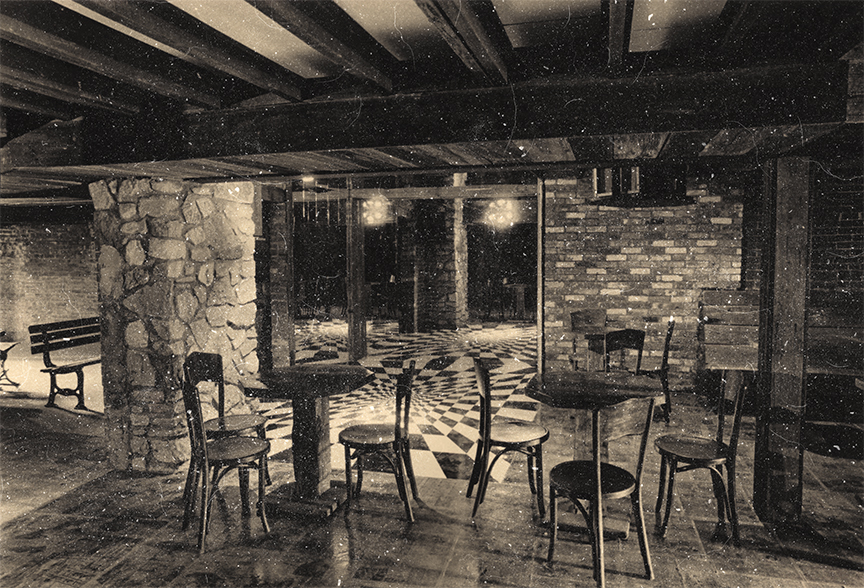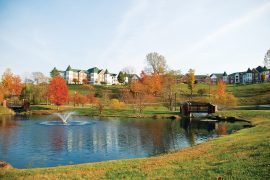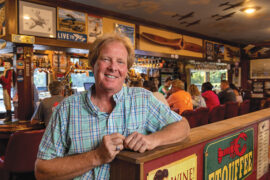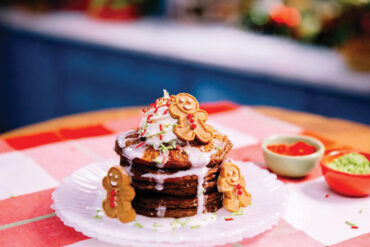We asked our readers, and they answered in droves. Here is part one of our series on your favorite watering holes from the past.
By Chuck McGill
HQ 121 | Spring 2023
There is a rich history of Huntington bars, dance clubs and public houses about which residents, current and past, are nostalgic. Maybe the lingering memory is a giant paper cup of inexpensive beer. Perhaps it is a fleeting moment on the dance floor with an old flame during the disco era. It could simply be a comfortable hangout spot, perfect for fellowship amongst college friends. Indelible in the minds of local natives and those who made a quick pit stop in Huntington for a college degree and an unforgettable good time, this is part one of a series remembering the bars of yesteryear.
Boney’s Hole in the Wall
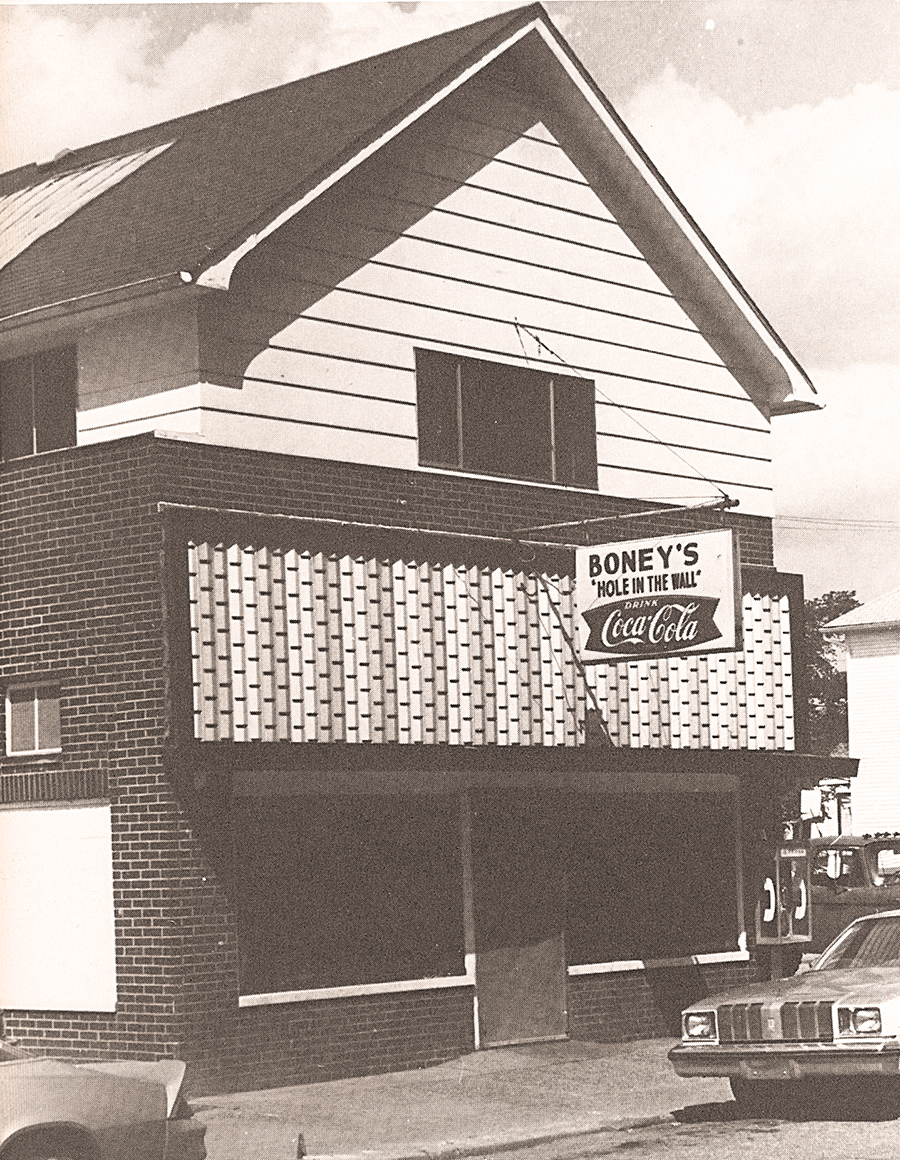
Owned by Norman “Boney” Fillinger, Boney’s Hole in the Wall was a low-frills, highly trafficked bar among college students, especially student-athletes. Patrons flocked to the Sixth Avenue brick building with the white façade and a hanging sign above the door in large part for Boney’s “wing dings,” which were giant paper cups full of beer that could be had for less than a buck. Open from 1968 to 1986, a generation of Huntingtonians harbor fond memories of one of the area’s first watering holes, with booths and a pool table that invited togetherness and offered college students a home away from home.
Verb’s 10th Inning
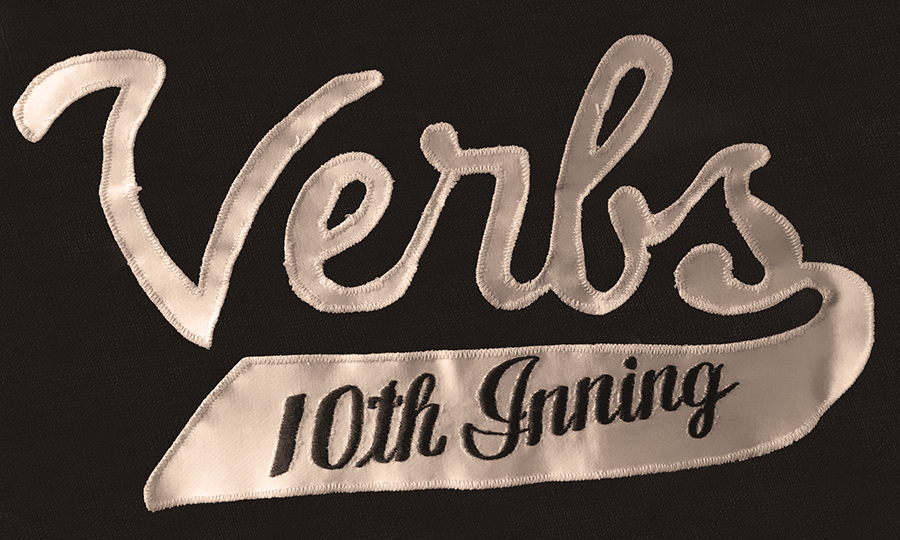
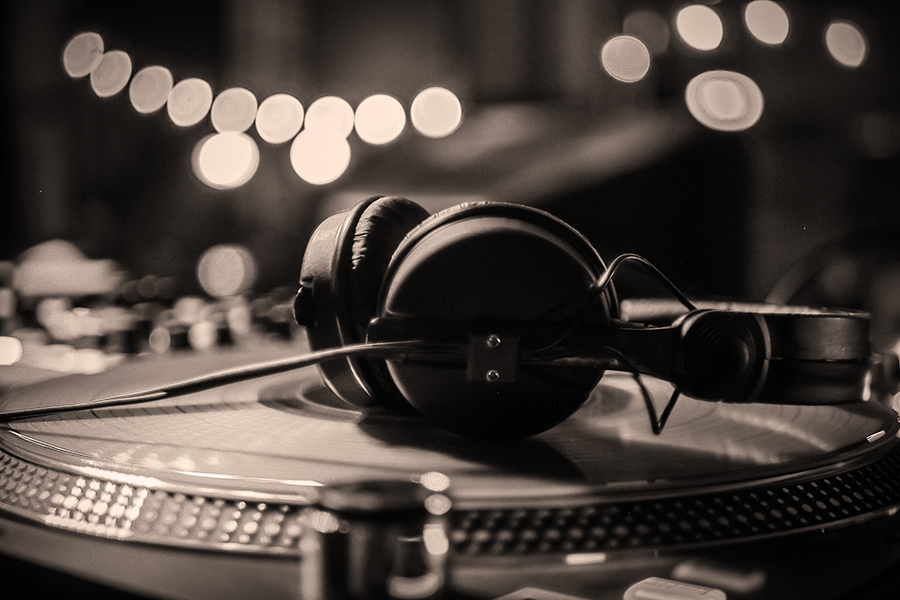
This venue’s legacy is rooted in being Huntington’s first dance bar as disco emerged in the late ’70s. From 1978 to 1983, in a location now occupied by Sharkey’s, the Verbage family created daily features and specials that still linger in the minds of patrons. Tuesdays featured 25-cent beer offerings, while Wednesdays were for “Ladies Lock Up” — a two-hour, female-only access to the bar before the rest of Huntington joined the fun after dark. Athletes and students co-mingled at this bar, but it was generally the student-athletes who worked the bar and door. Silk shirts and platform shoes were showcased as the nightly DJ played, and bar owners had to limit entry because of overcrowding.
Verb’s Dugout
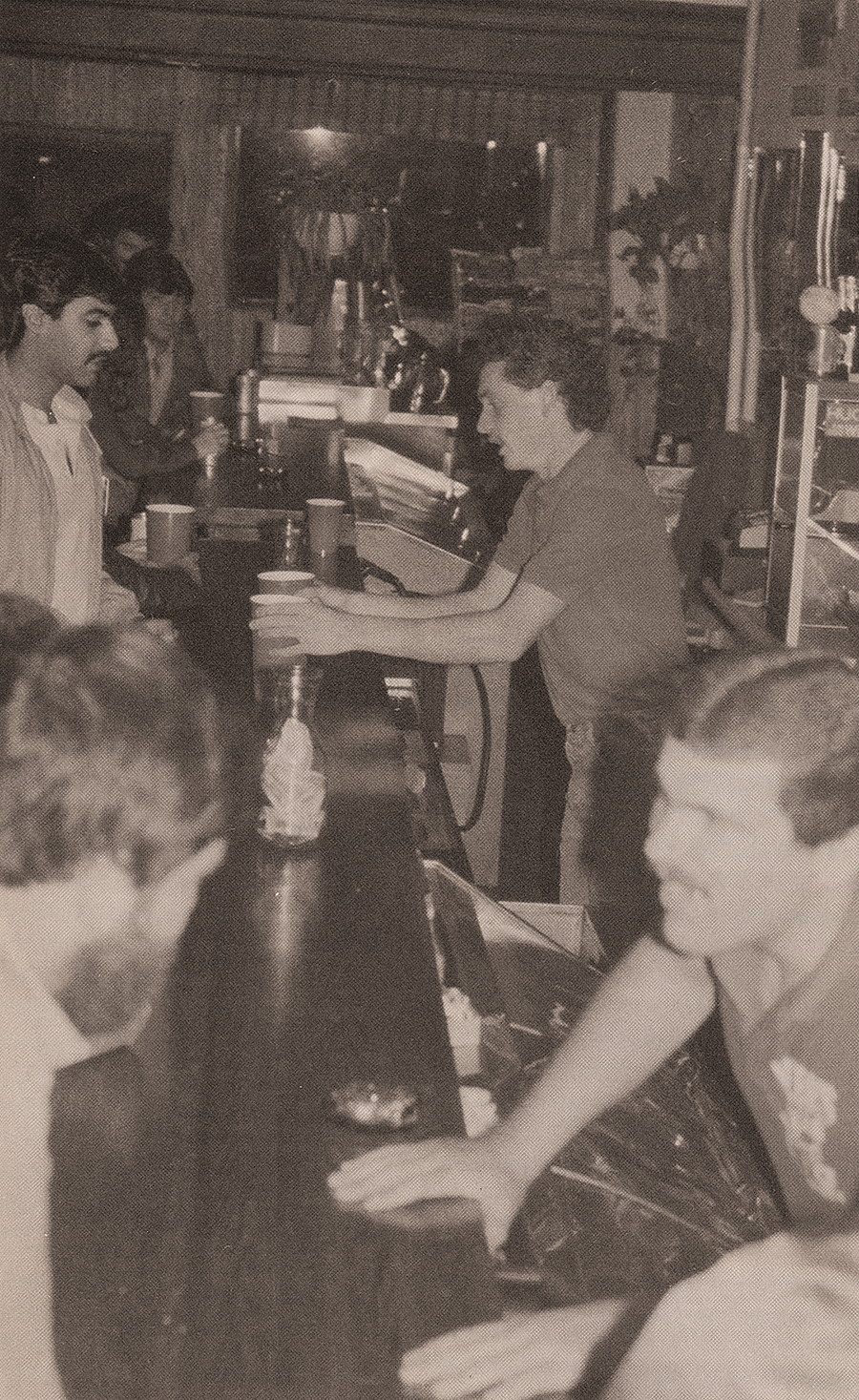
This Verbage family spinoff used to sit at 1452 Fourth Ave., now the home of a medical supply store, near the Marshall University campus. The Dugout is known for having the first big-screen TV for sporting events. The ambiance was drastically different from the 10th Inning. As co-owner Larry Verbage said, “We wanted to create a laid-back, sports bar atmosphere.” Ten Verbage family members tag-teamed the operation to serve — and deliver — food as well as host annual Halloween, Christmas and Super Bowl parties. “Being good to people was what every iteration of Verb’s was about,” Larry noted.
Robby’s


Owned by former Major League pitcher Don Robinson, Robby’s occupied the roomy space in what is now The Market in downtown Huntington. With a 22-foot dance floor, two levels and a full-size bar on both the first and second floor, Robby’s surged in popularity after opening its doors on July 13, 1984. This was Huntington’s premier dance club, emerging first as a destination for the preppy crowd and then evolving into a destination for all-comers. A DJ with two turntables spun hits with accompanying music videos on the big screen that overlooked the dance floor. Small tables surrounded the square dance floor, and waitresses served food and drinks on both levels. The club became known for its marketing: some of the area’s first lip sync contests; balloon drops with prizes; Hawaiian tropic contests; and small planes flying over Marshall football games, encouraging crowds to head to Robby’s for a nightcap.
MacIntosh’s
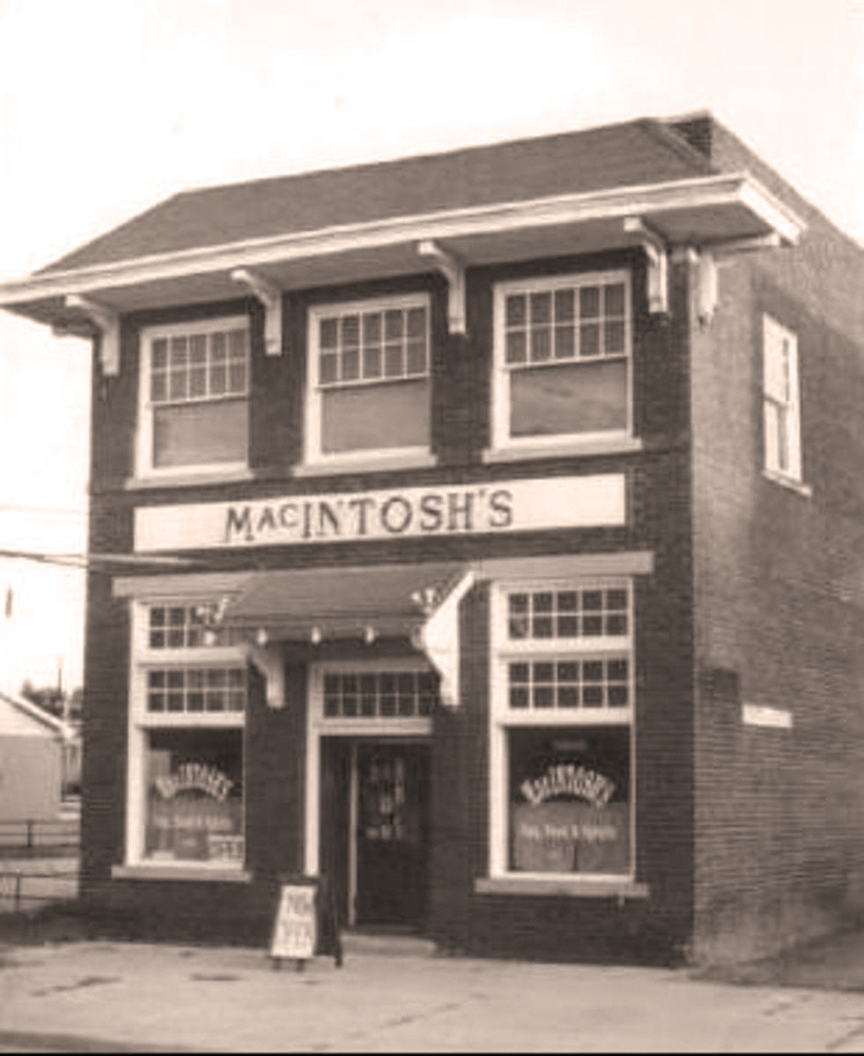
A balance between eatery and bar, the MacIntosh’s space is now occupied by the German-inspired Bahnhof at the corner of Seventh Avenue and Eighth Street. Patrons reminisce about the mix of mainstream and eclectic music in a joint that had a neighborhood feel. The allure of MacIntosh’s lied within its outdoor deck space — a rarity in Huntington at the time. It was a go-to spot for sporting event watch parties, which occasionally featured free food spread on the pool table. If the day was sunny and warm, though, the limited space outside would quickly get snatched up as soon as the workday concluded. On weekends, patrons were in no rush to leave, with good food and cheap beer in the offing.
1896 Club
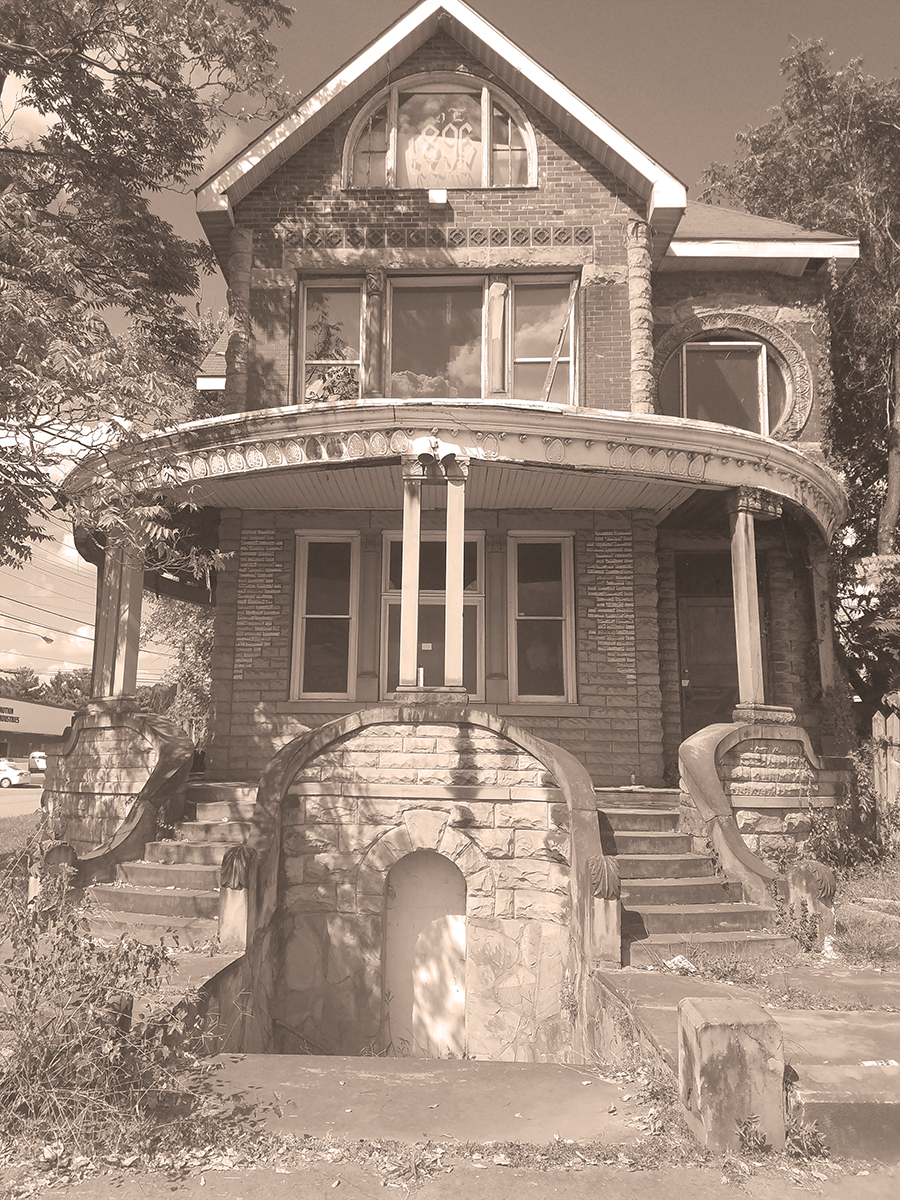

A popular dance club that opened in the 1980s at the intersection of Third Avenue and 15th Street, the 1896 Club was a multilevel entertainment venue created inside one of Huntington’s most beautiful homes. Built in 1896 — hence the club’s name — the Queen Anne brick building rests on a rusticated stone foundation. The main level featured a bar and stage, the second floor had a pool table and the basement included a dance floor. Patrons fondly recall one of the best promotions of any bar at the time: Dimes for Damsels, which offered 10-cent wine. The 1896 Club closed in 1993.
The Monarch Café
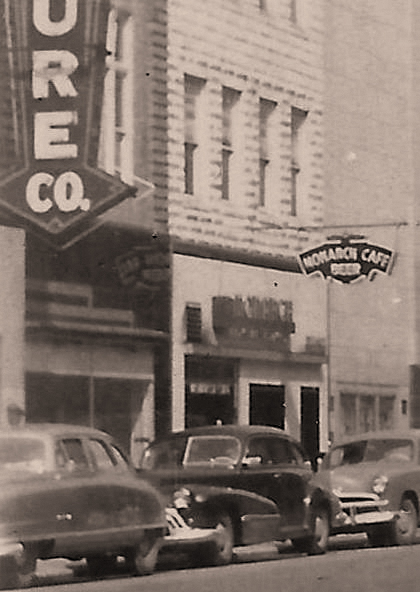
Located at 2050 Third Ave., the Monarch Café is a fondly remembered jazz club that lured big-name talent to Huntington. Solo artists and Sunday night jazz were staples, and the Monarch was the go-to place for friends to hang out and be seen. As the pool for jazz acts dwindled, the establishment evolved; and the genre of music diversified over the years. Even so, before the sun set on this home to jazz, even the likes of Frank Sinatra Jr. had brought their talents to this popular downtown watering hole.
Gumby’s

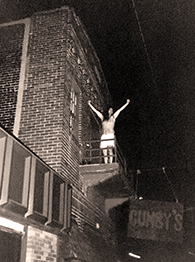
This dimly lit venue, in a space now occupied by Huntington Ale House, had black lights, dark couches and unconventional decor. Still, Gumby’s was known for its charm and character with stellar art and cheap, well-made drinks. But most of all, it was considered the mecca for live music. Open from 1990 to 1995, Gumby’s was an alternative dance club compared to New York City’s CGBG (which stood for country, bluegrass and blues). Many in the student community considered this a safe haven for goth and grunge, and the musical acts reflected the clientele. All of that combined to make Gumby’s the best live music venue in Huntington during the first half of the ’90s.
The Stoned Monkey
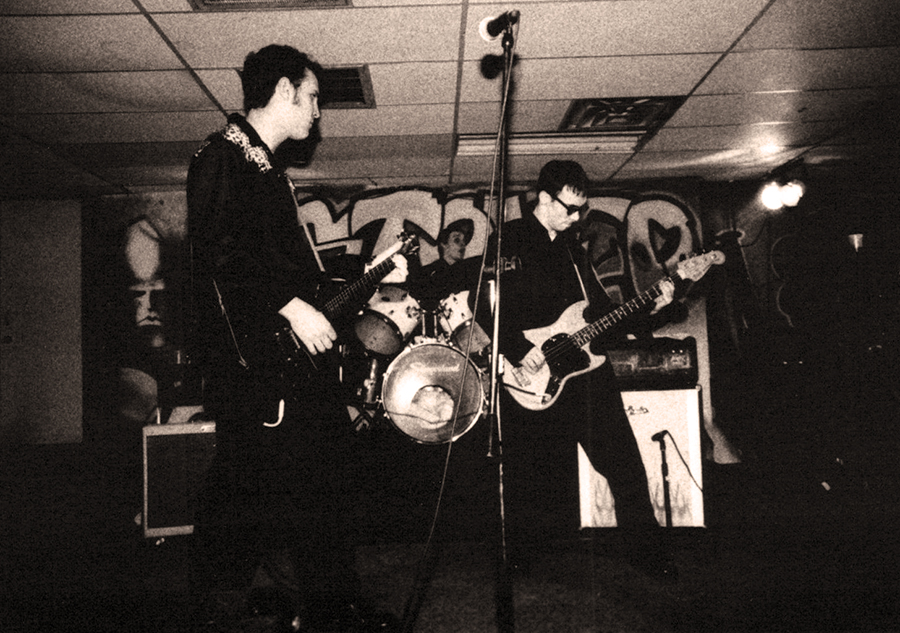
Located near where Marshall University’s softball complex now sits, The Stoned Monkey showcased jam bands, alternative rock acts and hip hop over the years. Later known as Monkey Bar, The Stoned Monkey was surrounded by warehouses and construction materials; piles of cinder block and rebar flanked the building. The interior had low ceilings and cinder block walls with linoleum flooring, but patrons cared little about aesthetics. This was the destination for up-and-coming bands on the verge of a breakout, and the smorgasbord of offerings provided something for everyone’s musical taste.
Snaks Fifth Avenue
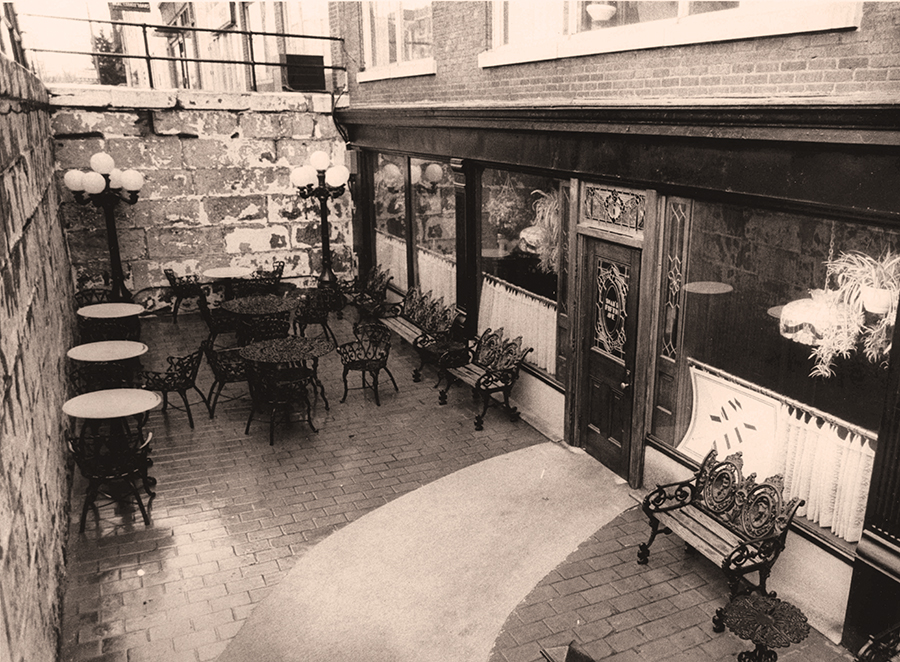
Owned and operated by the Harrison family — Dirk Harrison now runs The Lantern on Fourth Avenue — Snaks occupied the lower level of the former 5th Avenue Hotel on the corner of Fifth Avenue and Ninth Street. Snaks sat below street level, where a small brick patio featured benches and wrought-iron tables and chairs. Descending the stairs at Snaks was akin to walking into Cheers, the titular bar from hit TV series starring Ted Danson. A glass door featured the venue’s name. Inside, the decor popped: polished woodwork, cut glass, oriental rugs and hanging plants. Open for lunch and dinner, patrons fondly remember the menu’s “Snak” section. Snaks, which later became Romeo’s, was open from 1980 to 1986.
El Gato

Before there was The Varsity or The Union, there was the El Gato. El Gato Grill initially opened at 1855 Third Ave. in 1948 before moving to 420 20th St. — what is currently the West Lot of Joan C. Edwards Stadium — in 1969. El Gato, with its proximity to campus, was a quintessential college hangout and the unquestioned favorite destination for thirsty Marshall students and Thundering Herd fans. Eventually, El Gato became The Varsity, although longtime patrons used both names for years before the El Gato name slipped away. Its memory and legacy, however, lives on.

